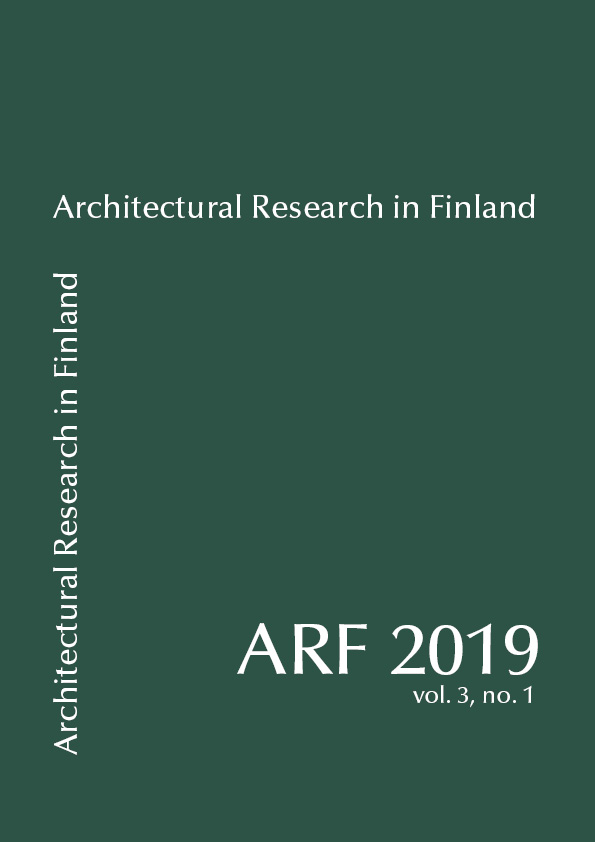Novel Architectonic Solutions for Industrial Log
Five Examples of Contemporary Architecture
DOI:
https://doi.org/10.37457/arf.121672Keywords:
log building, log architecture, wood architecture, contemporary architectureAbstract
There is a growing demand on using log as a construction material. In addition, production technology and technical properties of log products have undergone rapid changes in the era of industrial production. Examples for use of industrial log, that are architecturally suitable for the requirements of new uses, are few. For these reasons in this paper, it is explored what are the properties of industrial log building, and what kind of novel, structurally characteristic architectonic solutions for industrial log emerge in contemporary architecture. Besides a literature review, a qualitative analysis on five examples of contemporary architecture is conducted. As results, we showcase several novel architectonic solutions for industrial log. The first category of results, overall configuration of logs, includes entireties of logs that are structurally bearing, but also entireties where the logs act in other function than as structurally bearing. Entireties of logs are supported by next two categories – joining of logs and properties of individual logs, which can both be seen as components of the overall configuration. This study creates basis for further research on architectural possibilities of industrial logs. In addition, findings of this research can serve as an inspiration for designing architects and log house industry.




